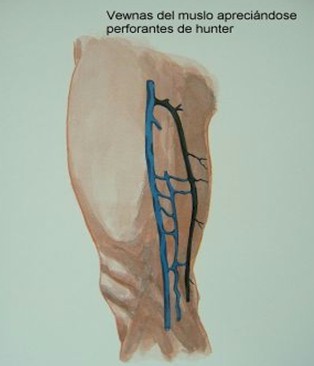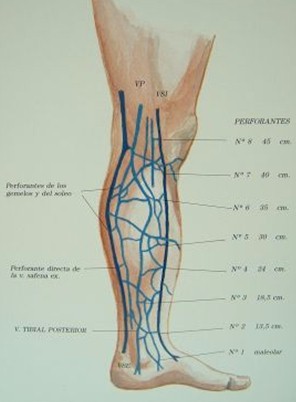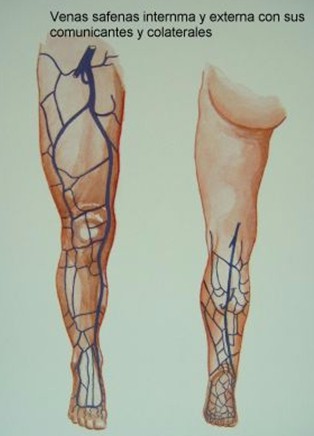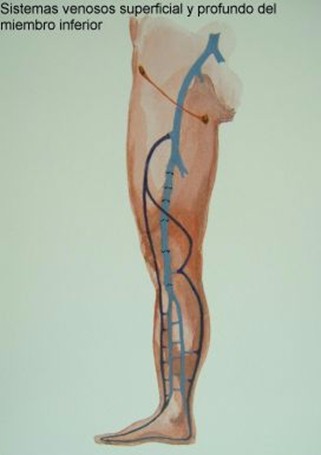Varicose veins in lower extremities with reference to a town. Surgical technique.1
Varicose veins in lower extremities, as a common contingency, with reference to a specific town. Optative surgical technique.
Carbonell-Tatay A, Casp V, Landete FJ, Manzanares C, Garay M. General and Digestive Surgery Service, Ontinyent Hospital (Valencia).
Torró R (Muvale, Valencia).
Llopis. A, Clinical Documentation Service. Ontinyent Hospital (Valencia).
Translation: Sabrina Gisella Cordone. Más información en http://www.portalesmedicos.com/traductores-medicina/cordone/
Abstract
This is a study of interventions performed to patients with varicose veins at a local hospital, whose influence area is from 51,547 people, divided into 26,130 women and 25,417 men. However, the 68,45% of interventions performed with a diagnosis of varicose veins correspond to women. We divided the patients by ages and by used surgical techniques. We notice the lack of complications and the scarse number of reinterventions. The technique used in most cases was the saphenectomy through inner stripping.
Introduction
The first references to procedures related to varicose veins are dated from Hippocrates times (460 B. C.) During many centuries, varicose veins have been treated by means of punctures, bonds and other minor techniques, until last century, when Federico Trendelemburg recommended the saphena bond as high as possible. At the beginning of the XX century, saphenectomy is presented as the surgical technique chosen by physicians Mayo (1), Seller and Babcock( 5).
Rumour has it that the first phleboextraction was performed by Keller in 1905 and that in 1916, Homans (2) describes the inner saphenectomy technique as it stands today. Thus, currently the saphenectomy is performed through an inner phleboextractor (inner saphenectomy), as the chosen technique for treating essential varicose veins.
It is well known that 10% of adults have varicose veins to a greater or lesser degree, being most frequent in women than in men. It is also known that etiology is caused by a malfunctioning of venous valves, or lack of them.
Material and method.
We began by presenting an anatomic memory of venous systems, both superficial and deep ones, of lower extremities, according to the drawings of Darío Aguilar MD, at the instigation of Jorge Latorre MD.


Common perforans

Inner and outer saphena
